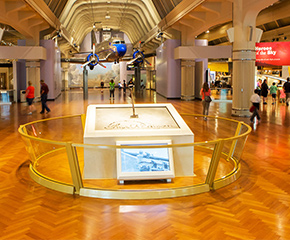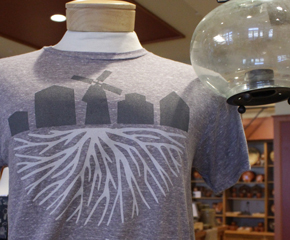Pickering Velocipede, circa 1870
Add to SetSummary
Pickering and Davis of New York developed this velocipede to be durable enough to travel the American roads of the late 1860s. It featured smaller wheels, a lower frame, and sprung handlebars to reduce road shock. The machine's backbone was made from an iron tube rather than cast iron, creating a slightly lighter yet strong vehicle.
Pickering and Davis of New York developed this velocipede to be durable enough to travel the American roads of the late 1860s. It featured smaller wheels, a lower frame, and sprung handlebars to reduce road shock. The machine's backbone was made from an iron tube rather than cast iron, creating a slightly lighter yet strong vehicle.
Artifact
Velocipede
Date Made
circa 1870
Location
Not on exhibit to the public.
Object ID
35.870.1
Credit
From the Collections of The Henry Ford. Gift of Irving C. Clement.
Material
Wood (Plant material)
Metal
Brass (Alloy)
Ivory (Tooth component)
Leather
Velvet (Fabric weave)
Gold leaf
Technique
Gilding (Technique)
Color
Black (Color)
Blue
Gold (Color)
Dimensions
Height: 48 in
Width: 24.5 in
Length: 67 in
Wheelbase: 34 in
Diameter: 30 in
Inscriptions
Pedals: PICKERING / NEW YORK Where frame connects to handlebars: PICKERING & DAVIS/ N Y PATD NOV 20, 1866 / No 191





